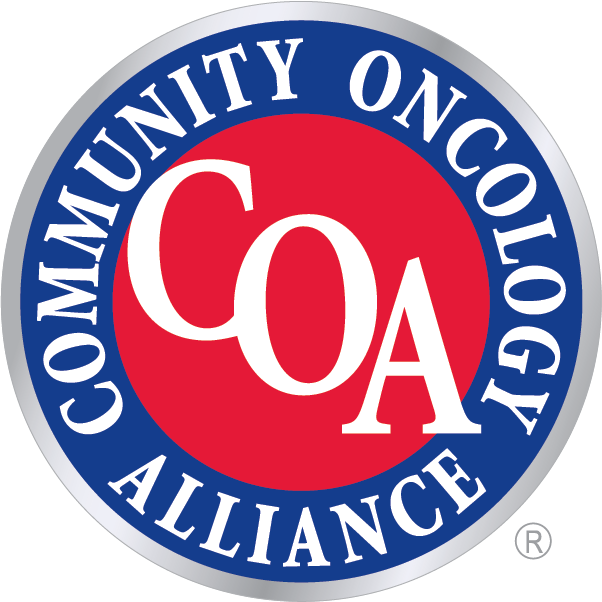Defining Appropriate Quality Performance Metrics for Pharmacies Dispensing Oral Oncology Therapies
Abstract
PHARMACY BENEFIT MANAGERS use measures like the medication possession ratio (MPR) as a performance/quality metric to evaluate specialty pharmacies and assess direct and indirect remuneration clawback fees. Abundant evidence shows that measuring MPR does not correlate with patients’ experiences while on oral cancer oncolytics and does not accurately reflect their clinical outcomes. The authors demonstrate that as an alternative to MPR, the Florida Cancer Specialists & Research Institute’s Rx To Go in-house pharmacy offers value; it uses a multifaceted approach to comprehensively evaluate the services that specialty oncology pharmacies provide to patients with cancer who are being treated with oral oncolytics.
Introduction
ORAL ONCOLYTICS PLAY A MAJOR role in the treatment of patients with many types of solid tumors and hematologic malignancies. To fully benefit from these expensive therapies, patients need a high level of clinical and access support. Medically integrated oncology pharmacies like Rx To Go—the in-house, specialty oral oncology pharmacy for Florida Cancer Specialists & Research Institute—are specifically designed to help patients navigate their difficult cancer journey. Despite abundant evidence that measures like medication possession ratio (MPR) do not correlate with patients’ experiences while on oral cancer oncolytics and do not accurately reflect their clinical outcomes, pharmacy benefit managers (PBMs) use MPR as a performance/quality metric to evaluate specialty pharmacies and assess direct and indirect remuneration (DIR) claw-back fees. DIR fees were designed to be applied as a pharmacy performance metric for chronic diseases (eg, hypertension, diabetes, high cholesterol) measured under the CMS Star Rating System for Plan D sponsors. PBMs have misapplied these performance metrics to oncology pharmacies, which do not manage any patients with these chronic conditions.1 We at Rx To Go have identified the following predictive markers of successful management of patients on oral oncolytics. They are:
- enrollment into a patient management program under pharmacist supervision;
- time to first fill;
- MPR and proportion of days covered (PDC) as measurements of continuous fills;
- persistence on therapy;
- patient satisfaction score;
- prescriber satisfaction score; and
- drug waste management program.
We advocate using a multifaceted approach to evaluate pharmacy services. We demonstrate the value of this type of approach, with data from our implementation of quality performance metric scorecards, drug performance scorecards, and patient and provider satisfaction surveys. We also describe how a workflow strategy, the Rx To Go drug waste management program, efficiently reduces patient and payer costs while averting potential treatment issues that might impact patient health outcomes. We call on PBMs, plan sponsors, and the Pharmacy Quality Alliance to work with the broader oncology specialty pharmacy community to develop specific performance metrics for oral oncolytics. All the stakeholders should collaborate to develop a set of metrics applicable to in-house and other specialty pharmacies that dispense oral oncolytics.
Defining Appropriate Quality Performance Metrics for Pharmacies Dispensing Oral Oncology Therapies
Abstract
PHARMACY BENEFIT MANAGERS use measures like the medication possession ratio (MPR) as a performance/quality metric to evaluate specialty pharmacies and assess direct and indirect remuneration clawback fees. Abundant evidence shows that measuring MPR does not correlate with patients’ experiences while on oral cancer oncolytics and does not accurately reflect their clinical outcomes. The authors demonstrate that as an alternative to MPR, the Florida Cancer Specialists & Research Institute’s Rx To Go in-house pharmacy offers value; it uses a multifaceted approach to comprehensively evaluate the services that specialty oncology pharmacies provide to patients with cancer who are being treated with oral oncolytics.
Introduction
ORAL ONCOLYTICS PLAY A MAJOR role in the treatment of patients with many types of solid tumors and hematologic malignancies. To fully benefit from these expensive therapies, patients need a high level of clinical and access support. Medically integrated oncology pharmacies like Rx To Go—the in-house, specialty oral oncology pharmacy for Florida Cancer Specialists & Research Institute—are specifically designed to help patients navigate their difficult cancer journey. Despite abundant evidence that measures like medication possession ratio (MPR) do not correlate with patients’ experiences while on oral cancer oncolytics and do not accurately reflect their clinical outcomes, pharmacy benefit managers (PBMs) use MPR as a performance/quality metric to evaluate specialty pharmacies and assess direct and indirect remuneration (DIR) claw-back fees. DIR fees were designed to be applied as a pharmacy performance metric for chronic diseases (eg, hypertension, diabetes, high cholesterol) measured under the CMS Star Rating System for Plan D sponsors. PBMs have misapplied these performance metrics to oncology pharmacies, which do not manage any patients with these chronic conditions.1 We at Rx To Go have identified the following predictive markers of successful management of patients on oral oncolytics. They are:
- enrollment into a patient management program under pharmacist supervision;
- time to first fill;
- MPR and proportion of days covered (PDC) as measurements of continuous fills;
- persistence on therapy;
- patient satisfaction score;
- prescriber satisfaction score; and
- drug waste management program.
We advocate using a multifaceted approach to evaluate pharmacy services. We demonstrate the value of this type of approach, with data from our implementation of quality performance metric scorecards, drug performance scorecards, and patient and provider satisfaction surveys. We also describe how a workflow strategy, the Rx To Go drug waste management program, efficiently reduces patient and payer costs while averting potential treatment issues that might impact patient health outcomes. We call on PBMs, plan sponsors, and the Pharmacy Quality Alliance to work with the broader oncology specialty pharmacy community to develop specific performance metrics for oral oncolytics. All the stakeholders should collaborate to develop a set of metrics applicable to in-house and other specialty pharmacies that dispense oral oncolytics.
